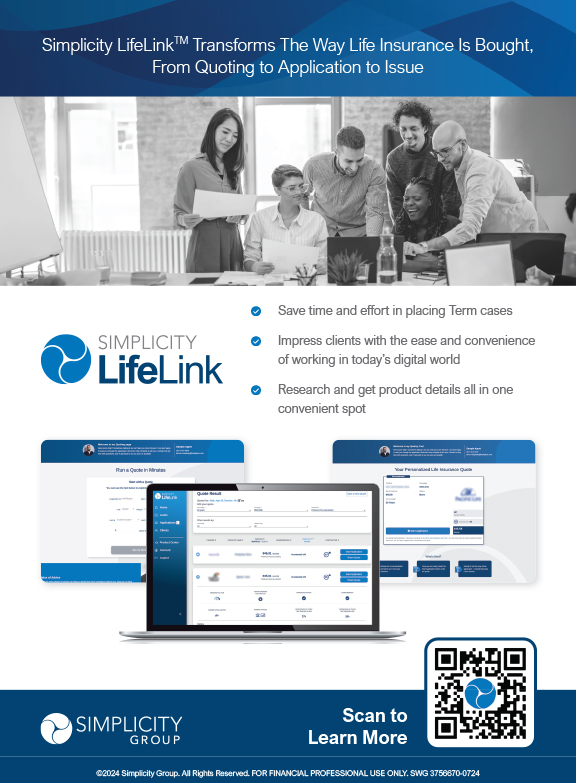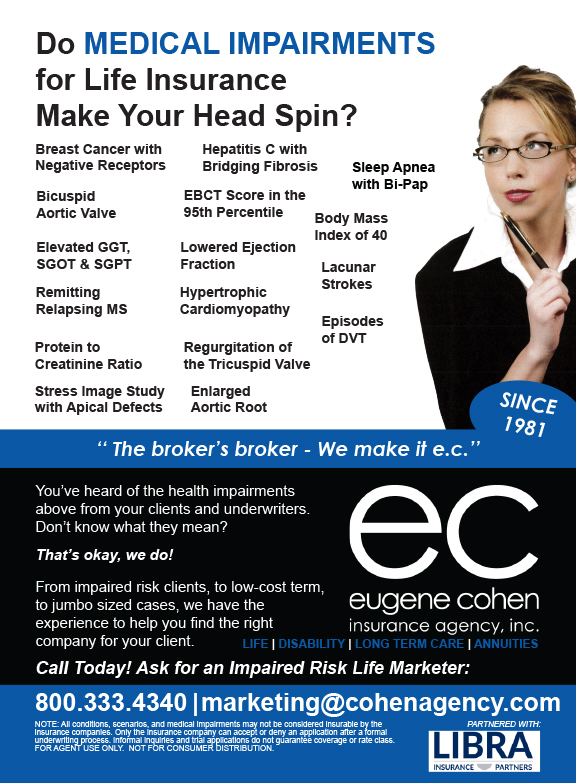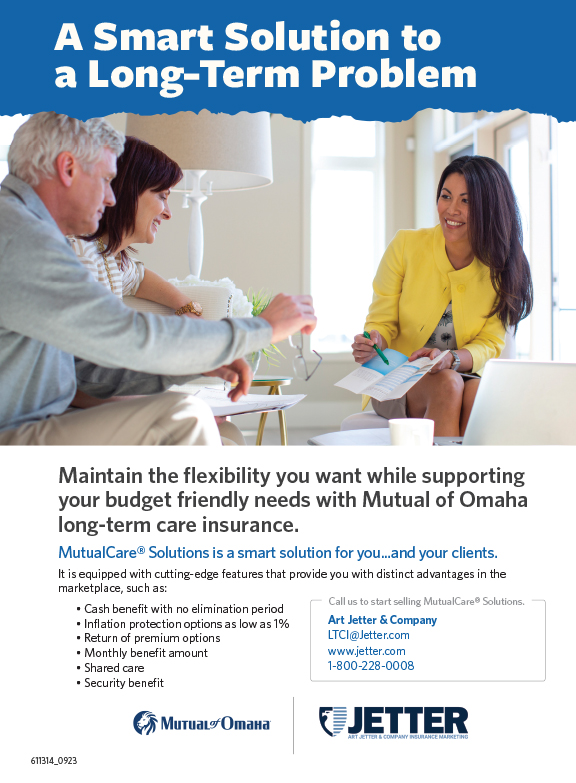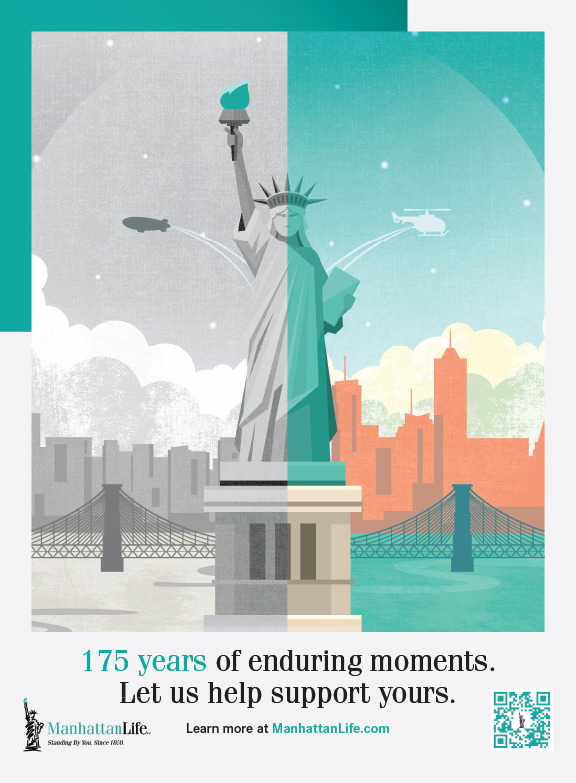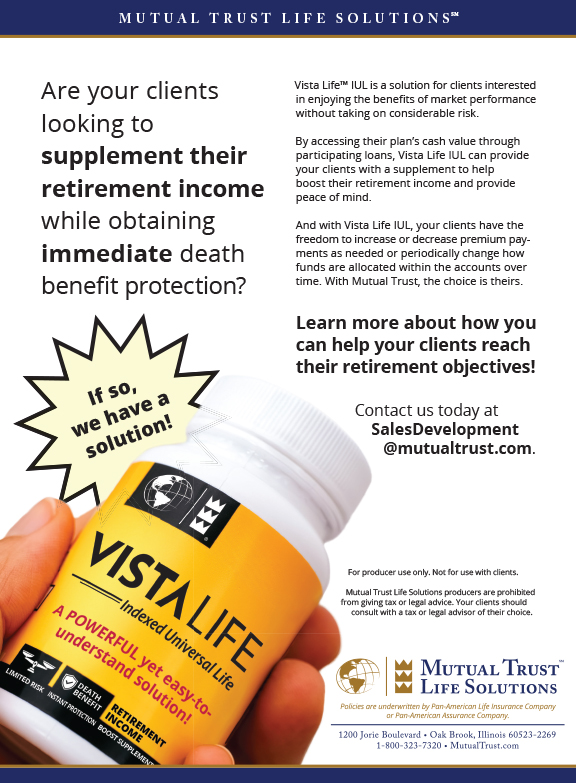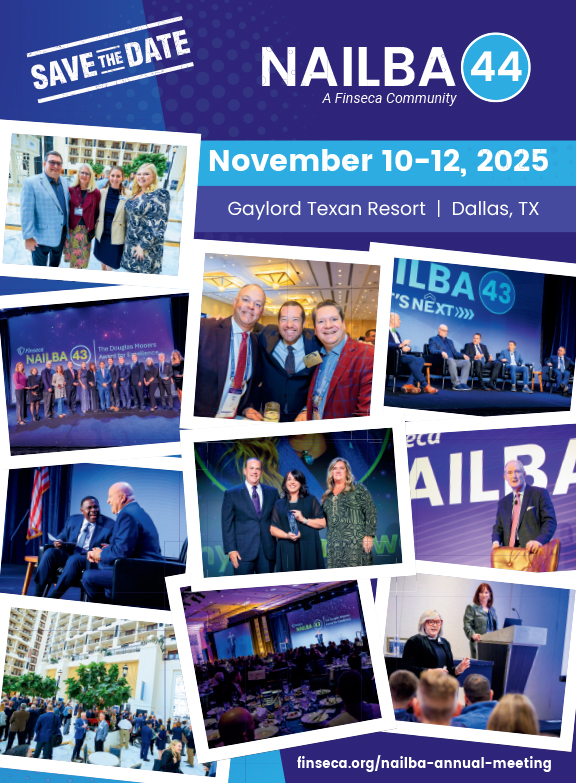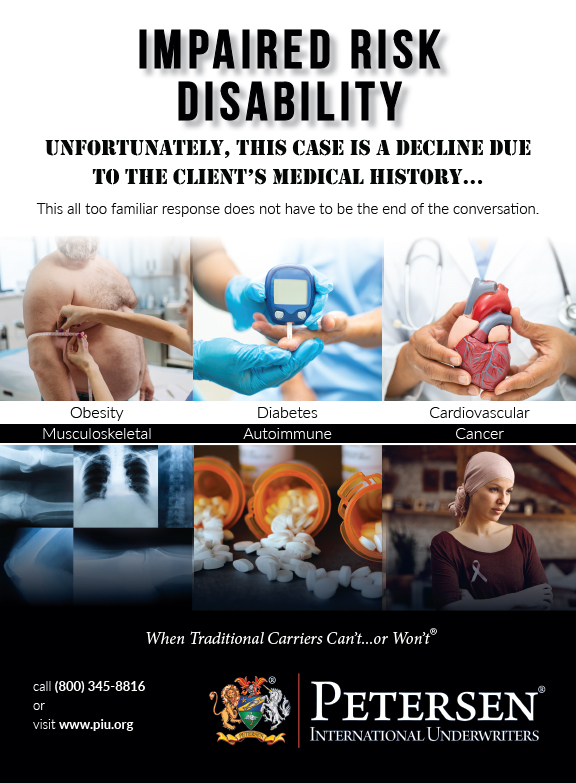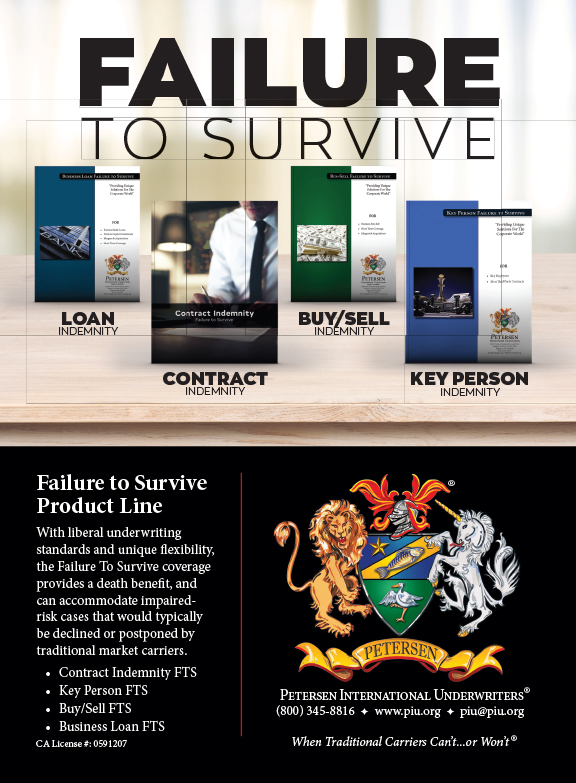This commonly used phrase is indicative of the frustration people have trying to manage their financial affairs in a positive way. The US Department of Labor statistics helped us out by surveying the questions. This is what we learned.
Example:
Income before taxes – $62,857
Average annual expenditures – $49, 067
• Food $6,372 (12.99 percent)
• Away from home – $2,619 (5.34 percent)
• At home – $3,753 (7.65 percent)
• Housing – $16,895 (34.43 percent)
• Rented dwellings $2,860 (5.83 percent)
• Mortgage, interest and charges $3,594 (7.32 percent)
• Apparel and services $1,725 (3.52 percent)
• Transportation $7,658 (15.61 percent)
• Gasoline and motor oil $1,986 (4.05 percent)
• Health care $3,126 (6.37 percent)
• Entertainment $2,693 (5.49 percent)
• Insurance and pensions $5,471 (11.15 percent)
• Everything else $5,127 (10.45 percent)(Source: Consumer Expenditure Total Survey (77.37%), U.S. Department of Labor, U.S. Department of Labor Statistics 2010.)
At an early age we were told the three most important elements in living are food, shelter and clothing. The survey shows food costs at 12.90 percent, shelter at 34.43 percent and clothing at 17.25 percent. These three items total 64.58 percent. Since those early, simple days we have created habits of expenditures that equal 49.07 percent.
Readers may take exception to some of these findings, but they are only to serve as a guide and not as an absolute. As an example, health care may vary widely due to the physical experience of the person(s) involved. It seems the allocation to pensions is realistic. We think entertainment can vary by choice. Transportation is a variable depending on the person’s need for work and health care needs. The last item, “everything else” is a variable that can be adjusted in many ways.
Now we must study the key to the question, “income”. The object here is to recognize the challenge we all have in tailoring our “outgo” to be less than our income. We must realize that seldom will these items meet or be compatible. The interruptions of income are many, such as business failure, loss of job, loss of a court proceeding, care for a dependent and the two things over which we have absolutely no control – death and disability.
Death, which is final and often instant, is the least of these two hazards. Disability is likely to be lingering and out of control. The person quickly changes from a productive healthy person to a weak and non-productive person. This peril is life’s greatest challenge for it has no dependable ending and there is nothing that can be done except to try more doctors, different treatments and distant hospitals. All savings are consumed; all necessary borrowing stops; the insurance funds are exhausted. Only despair waits. What does a person do? Possible solutions:
The Budget:
• Based on a monthly net income of $19,000.
• There is an elimination period chosen by the insured
• Three months = $57,000.
• The ultimate cost based on loss of income for 2 years = $456,000. 20 years = $4,560,000.
Covering the Cash Flow Shortfall By:
• Living on interest from principal
• Because we should never, ever use our principal (an old Yankee concept).
Use Savings:
• $4,560,000 at five percent interest = $19,000/month
• To save $4,560,000 at the rate of $1,000 month = 4,560 months or 380 years and $5,000/month = 912 months or 76 years.
• To cover 2 years of disablement needs $456,000. To accumulate this amount would require saving $1,000/month for 38 years or $5,000 month for 7.6 years
Borrow Money:
• If money can be borrowed at all:
• Borrow $19,000/month for 20 months = $380,000
• Repay over 60 months = $7,888/month
• Interest costs @ 9% = $1,555/month
• Total interest cost = $93,280
• Repayment must be made out of $19,000 net income flow
Friends/Relatives:
• If they sacrifice “their reserve” for use by another person, they could become the ultimate victim. The answer has to be “NO!”
Plead Charity:
• There are new tough laws and penalties for trying to transfer or hide assets. All assets must be expended before there can be any relief via charity.
Establish an Insured Disability Cash Flow Account:
• Potential capitalized benefits, age 45-65 (20 years) at $19,000/month = $4,560,000.
• $19,000/month x 24 months = $456,000
There is a happy solution. The best solution is disability insurance. It is flexible and removes all hazards from the most likely peril a person faces-getting sick or hurt.






